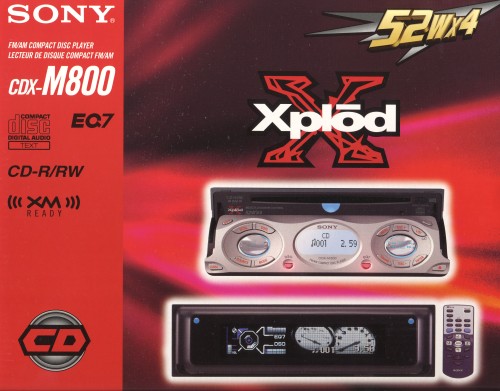

| Selected Sony CDX-M800 Specifications | |
|---|---|
| CD Section (from Car Audio Magazine) | |
| Frequency Response | +0/-0.5dB 20Hz-20kHz |
| Distortion (THD+N, 1kHz) | 0.05% |
| Stereo Separation | 72dB |
| Signal-to-Noise ratio | 78dB (Sony says 90dB) |
| FM Tuner Section (from Sony's specs) | |
| Frequency Response | 30Hz-15kHz |
| Distortion (THD, 1kHz) | 0.5% |
| Stereo Separation (@ 1kHz) | 35dB |
| Signal-to-Noise ratio | 67dB |
| FM Usable Sensitivity | 9dBf |
| Selectivity (@ 400kHz) | 75dB |
| Power Amp Section (from Car Audio Magazine) | |
| Maximum Continuous Power | 24.6W x 4 (4 ohms, 5% THD+N) |
| Distortion (THD+N, 1kHz) | 0.075% (4 ohms, 15.5W) |
| Preamp Section (from Car Audio Magazine) | |
| Output Level | 2.25Vrms (0dB CD) |
| Bass Control | +/-10dB @ 62Hz (Peaking) |
| Treble Control | +/-10dB @ 16kHz (Peaking) |
| Equalizer | +/-10dB @ 62Hz, 157Hz, 396Hz, 1kHz 2.5kHz, 6.3kHz, 16kHz (Peaking) |
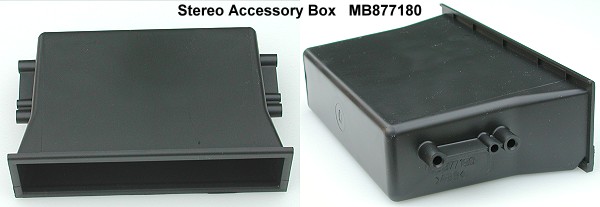
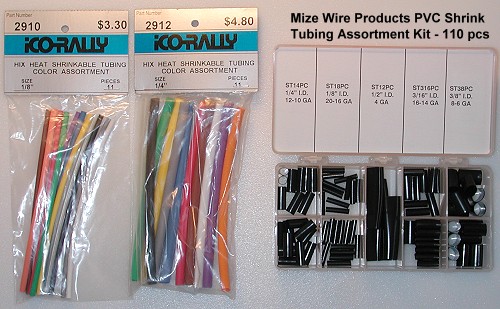
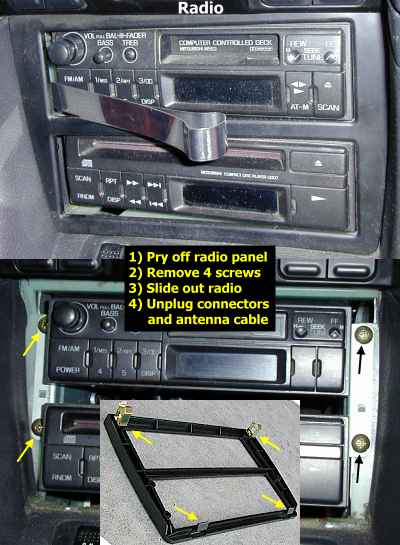
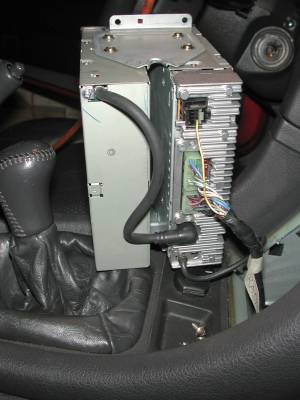
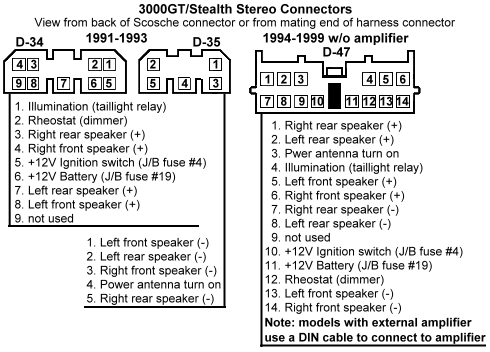
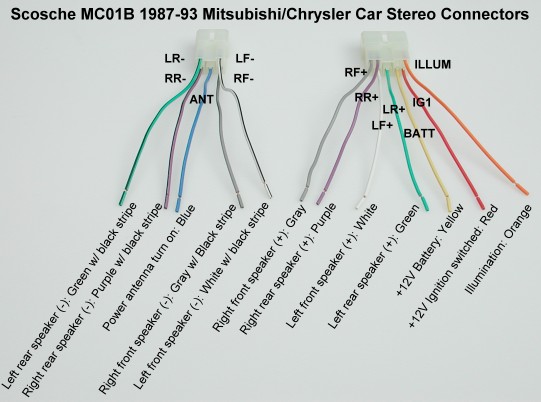
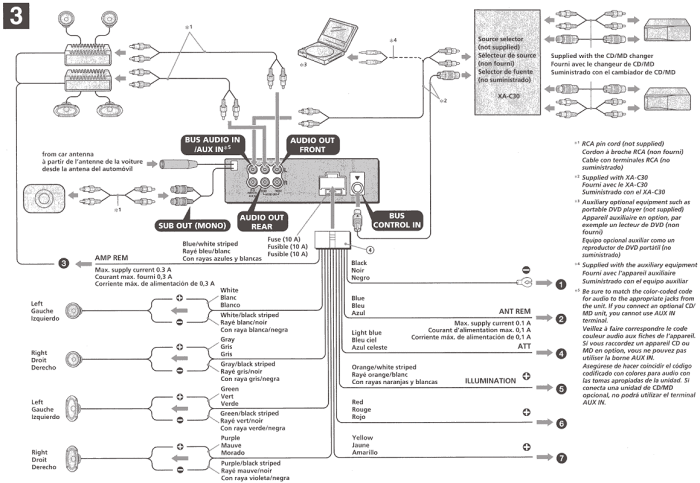
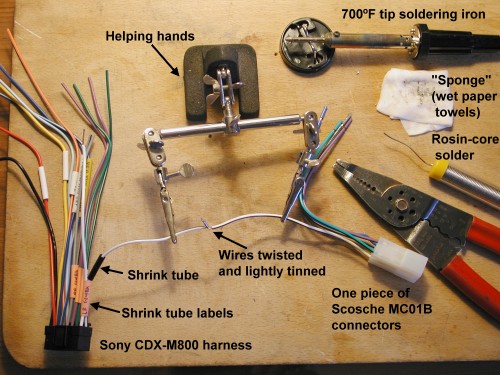
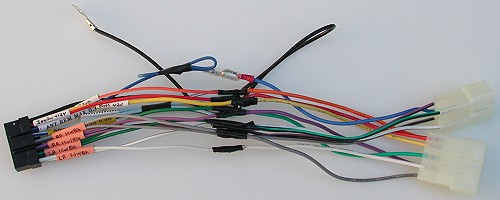
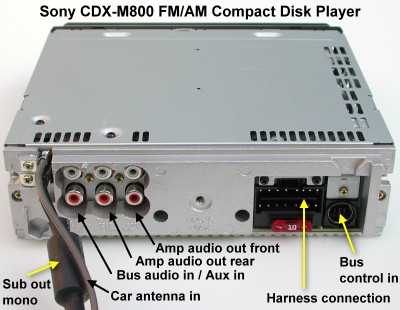
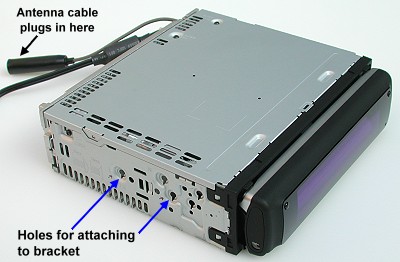
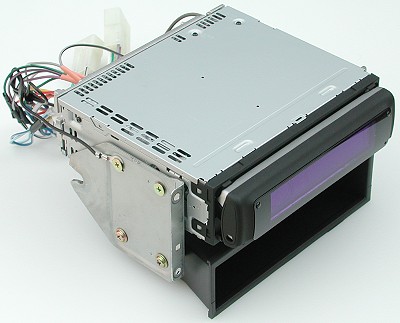
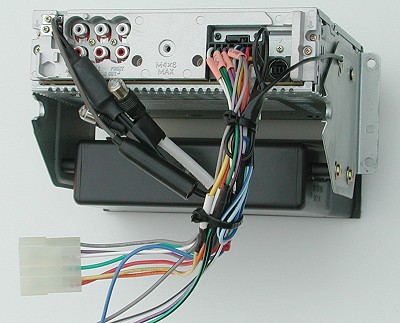
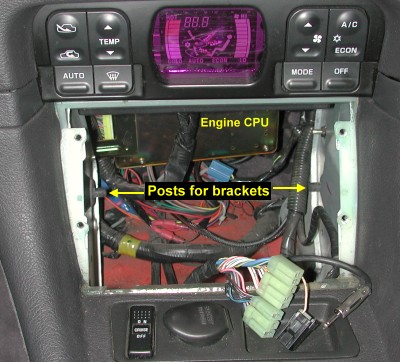
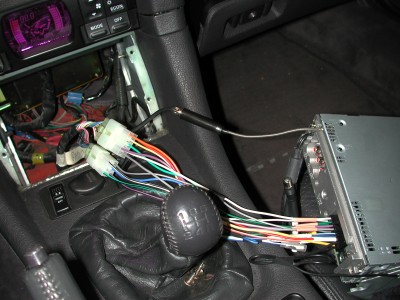
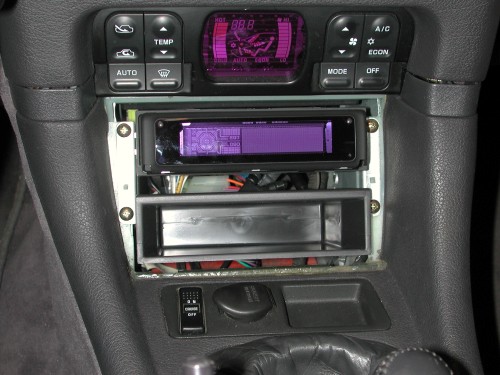
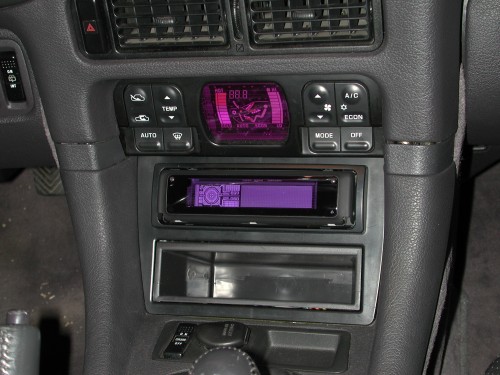
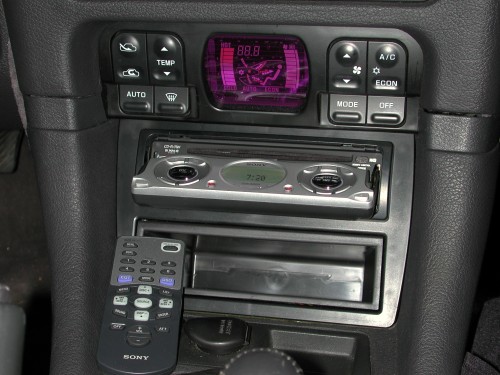
| Back | Home | Forward |